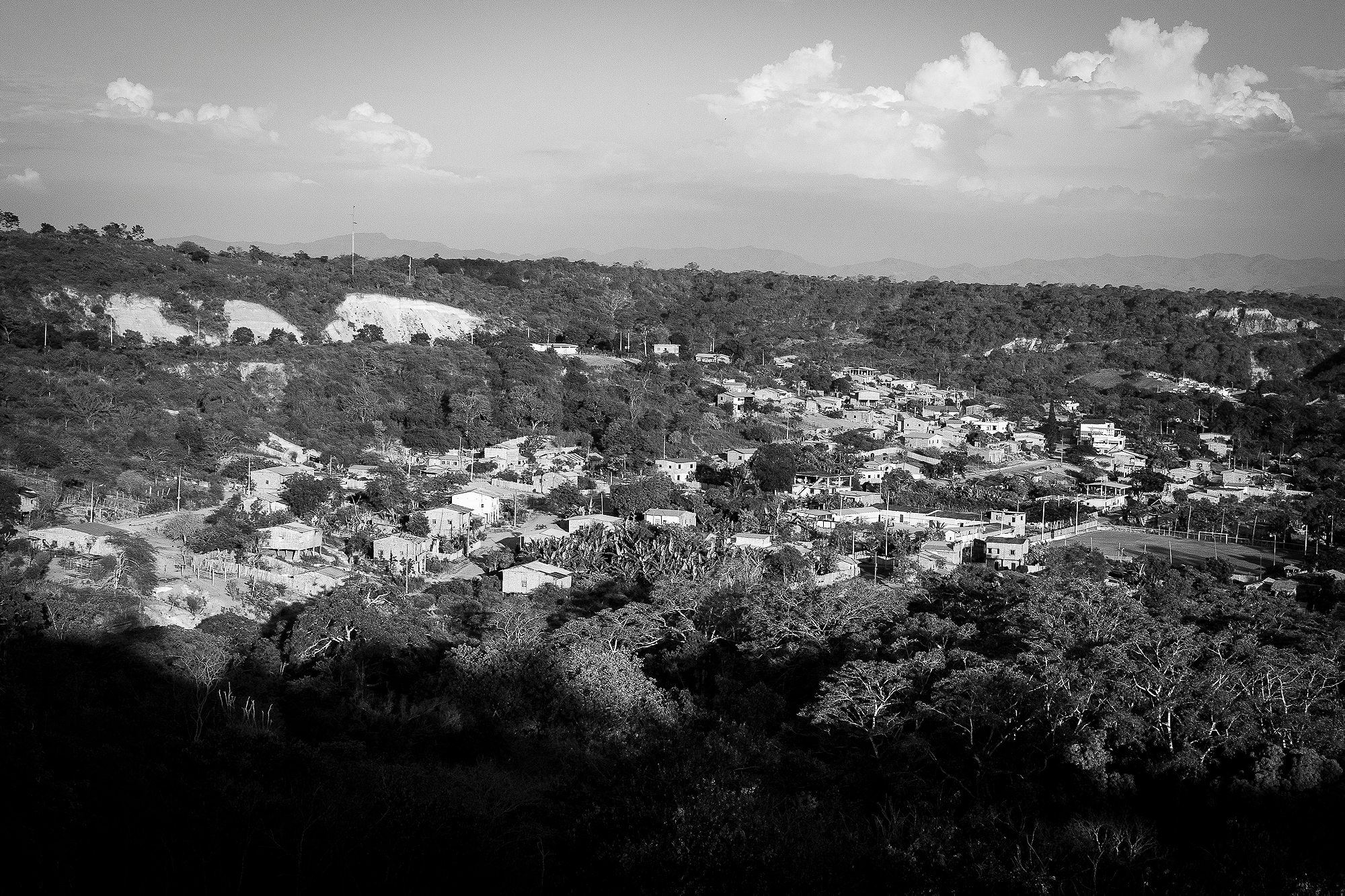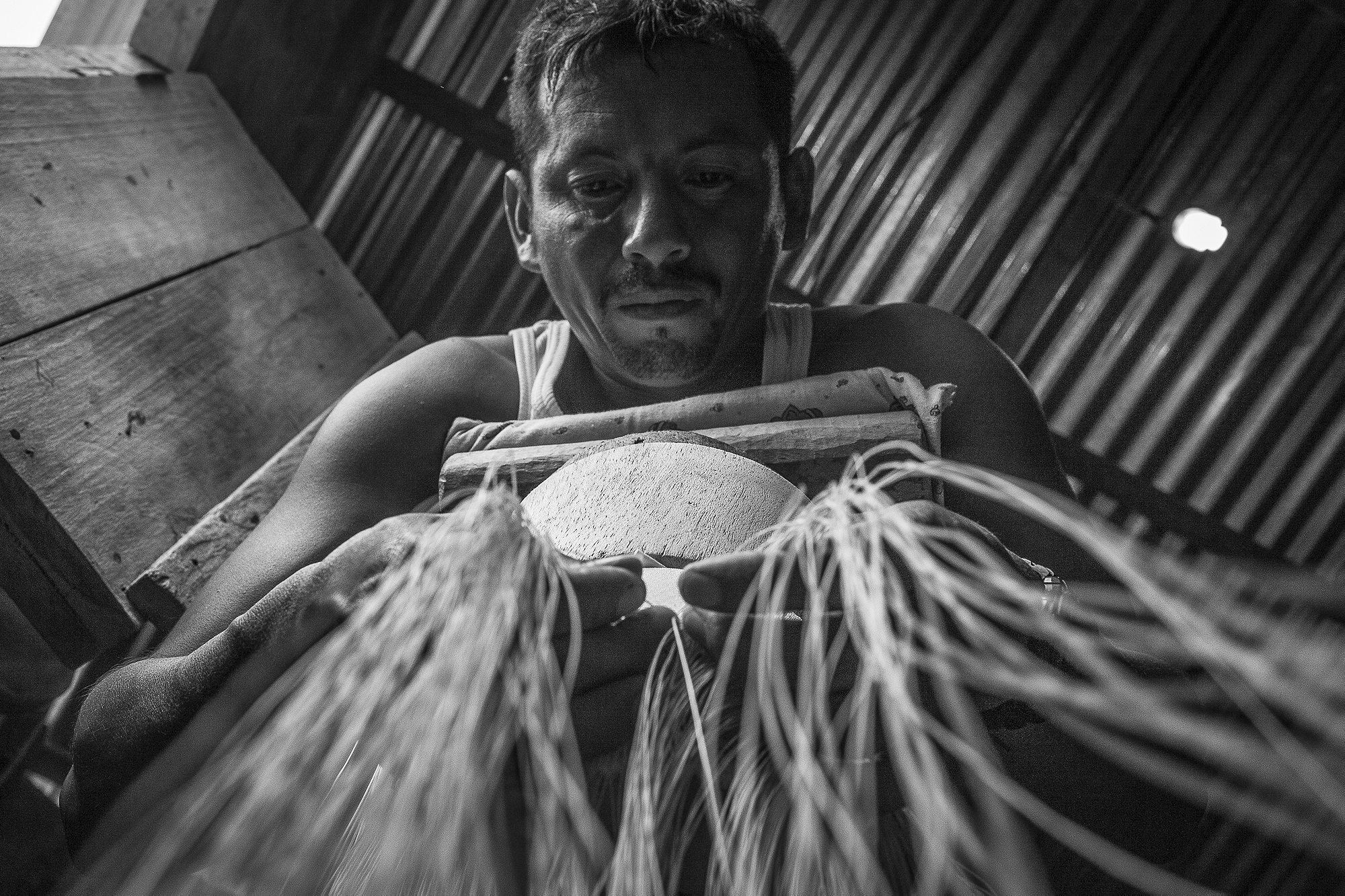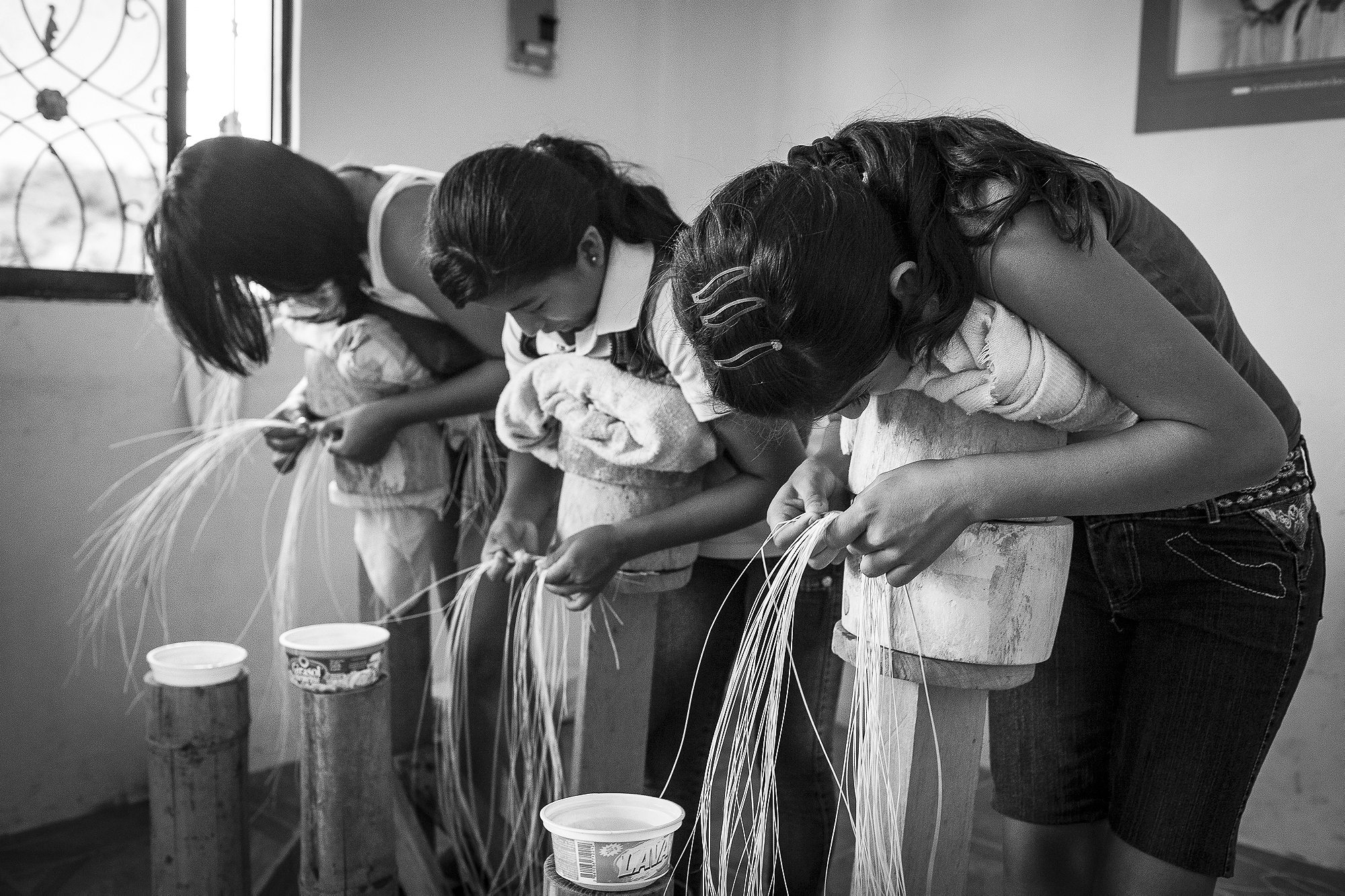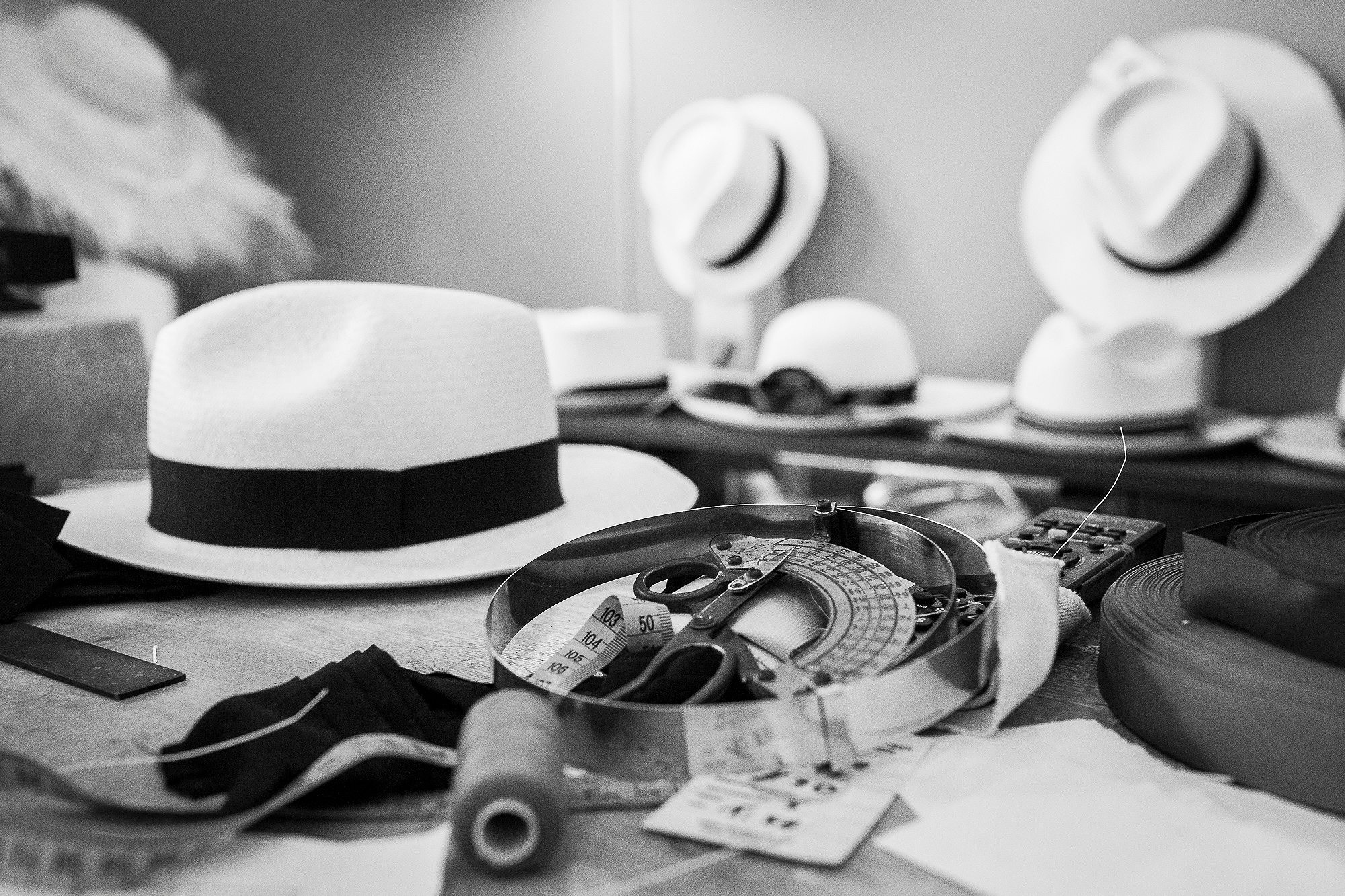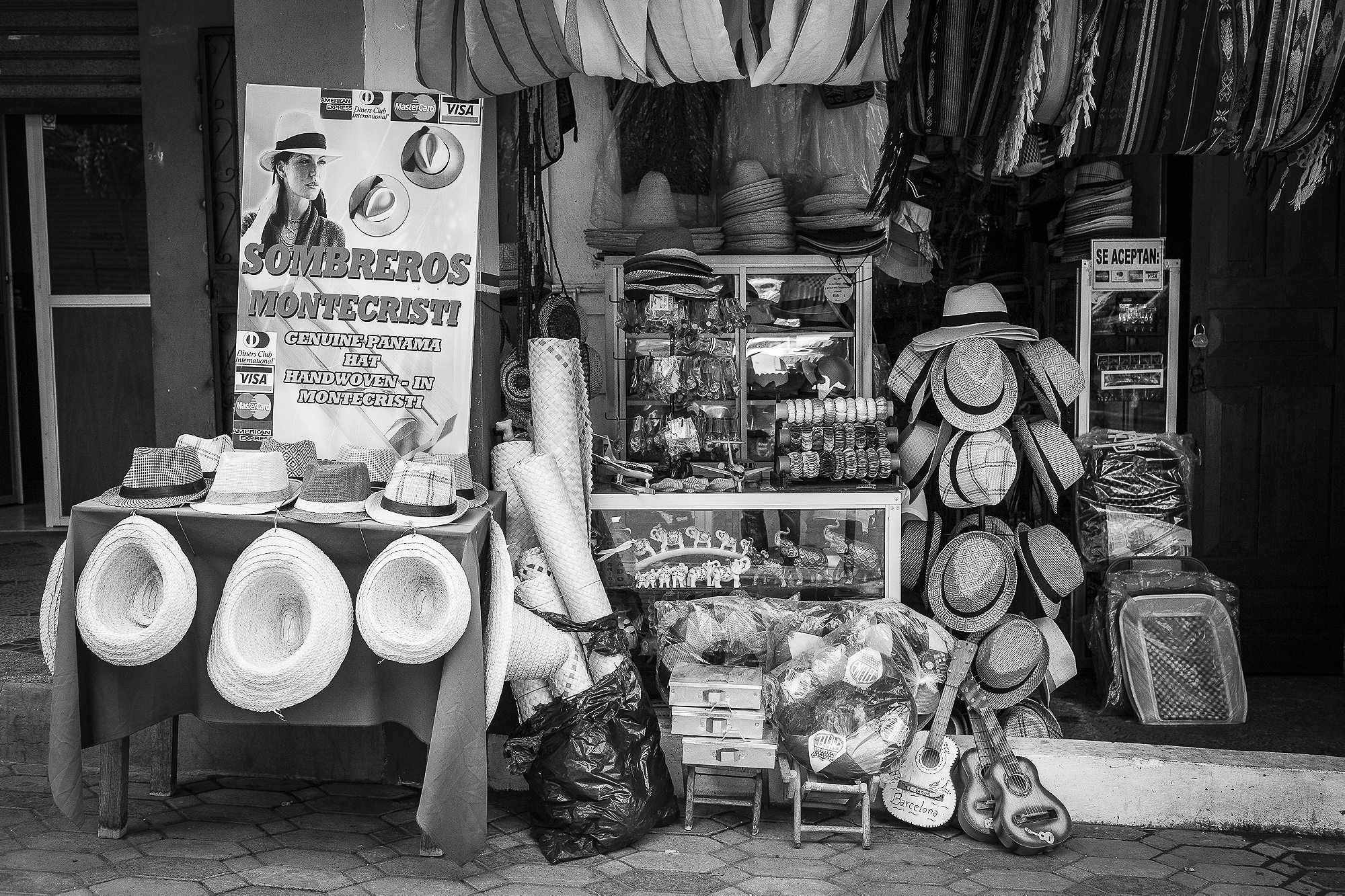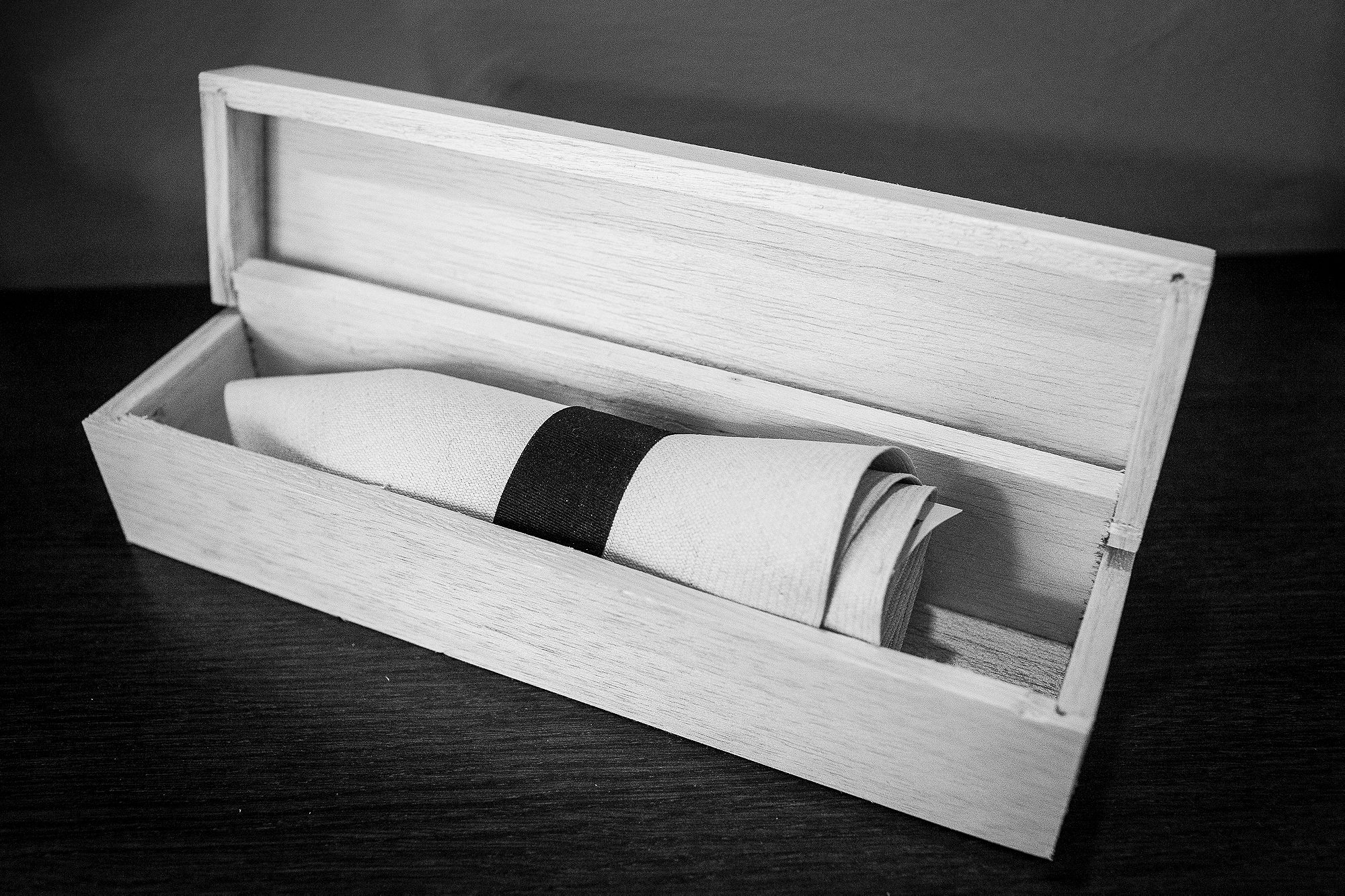Ecuador never got the credit it deserved for its exquisite traditional straw hats, and now, they’re in danger of disappearing for good.
There are many types of Panama hats but they all have one thing in common: they’re made in Ecuador. Some say it was the Americans who came up with the misleading name, after they saw photographs of Theodore Roosevelt wearing one as he inspected the construction of the Panama Canal. Legend goes it was actually a loan from Eloy Alfaro, the president of Ecuador and hero of the revolution of 1895. Others say the hats were named after the Isthmus of Panama, the point from which they have historically been exported to the rest of the world.
Yet the misnomer didn’t prevent the famous straw hat, more correctly referred to as Montecristi hat, from being designated by UNESCO as Intangible Cultural Heritage in 2012–Ecuador has produced them since the early 17th Century. It takes three months to make a superfino Montecristi hat (the best grade there is), and weavers can only work in the early and late hours of the day because the straw breaks when it’s exposed to high temperature. According to tradition, hats are cleaned, finished and sold in the town of Montecristi, the Panama hat’s spiritual home in the province of Manabi.
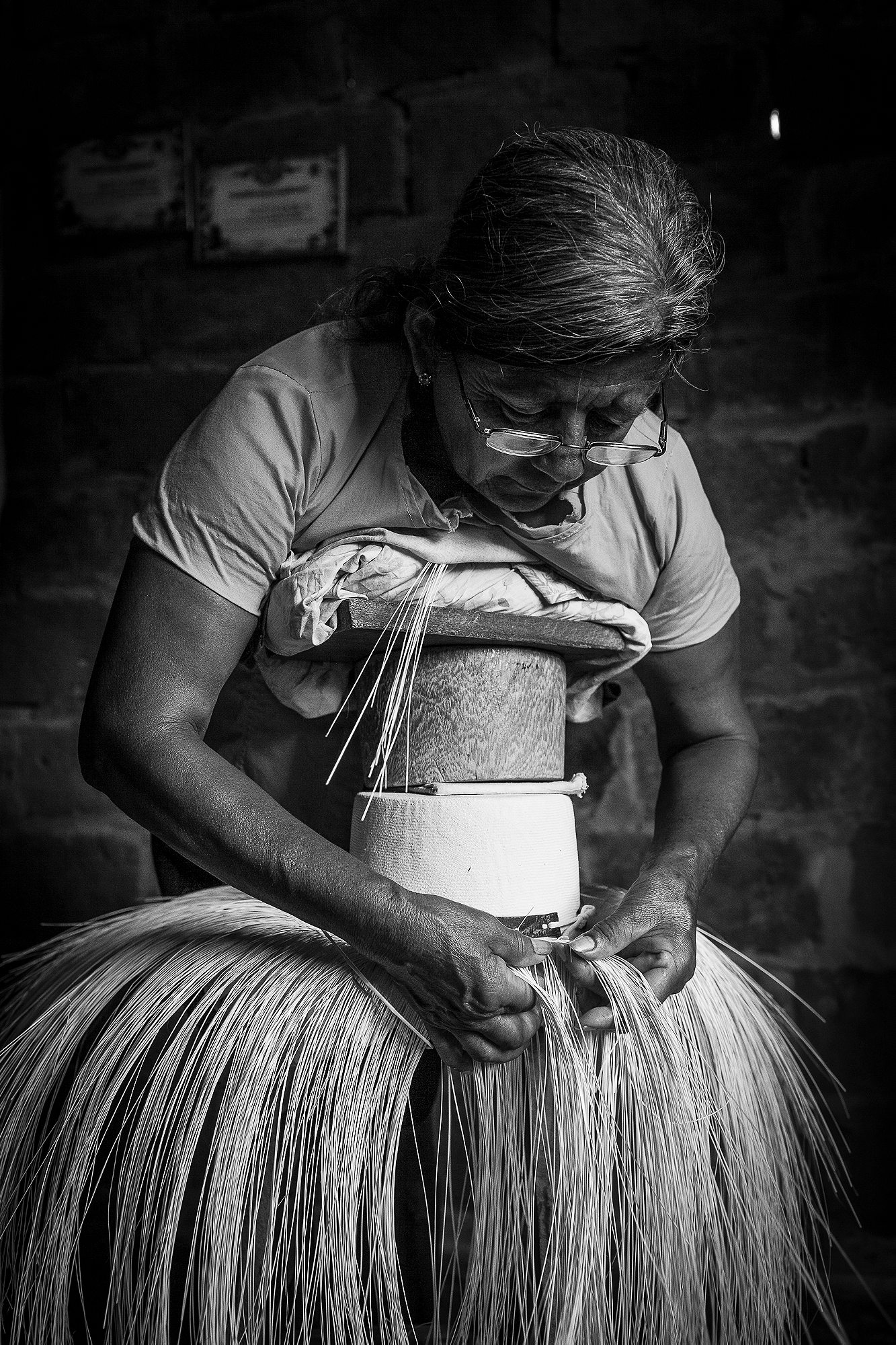
In the small and remote village of Pile nearby, the craft is passed on through family. Manuel Lopez, 41, learned to weave with his father at the age of eight. He says he teaches his own children now, though making a Montecristi hat is becoming a lost art. A weaver only makes between $700 to $1,200 to produce a superfino hat, which can fetch for $25,000 abroad. And now that China has become the world’s top producer of straw hats (which they actually make from paper), Ecuador’s hat makers are unable to keep up with decline in price and demand. With most young people looking for more lucrative opportunities elsewhere, experts say the last-ever traditionally made Montecristi hat will be woven in the next 15 years.
In Pile, the Ecuadorian government and a private foundation supported by an American company created a school in 2011 to educate young people about the value of the dying craft. The tradition rests in their hands, and in the teachings of those who’ve dedicated their whole lives to the Montecristi hat, like Don Rosendo Delgado. The 91-year-old says he’ll keep making hats no matter what, even if he doesn’t sell them. “When I die” he told me, “I’ll die with my hats.”
